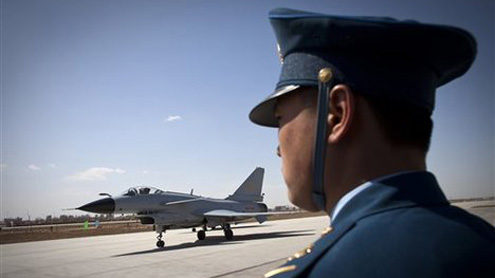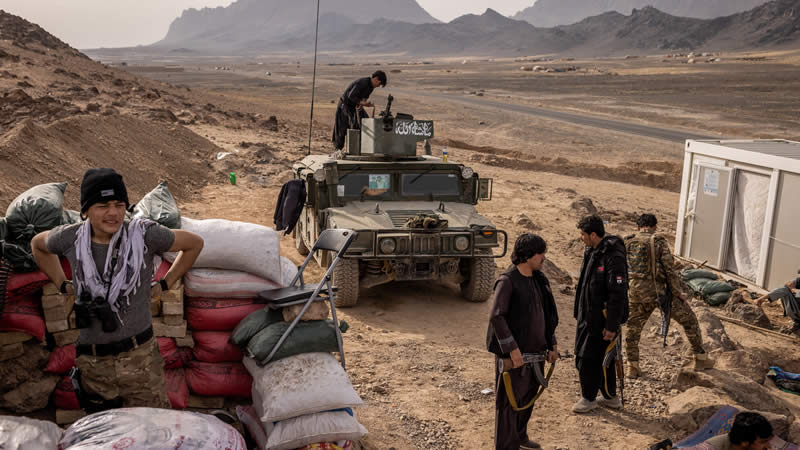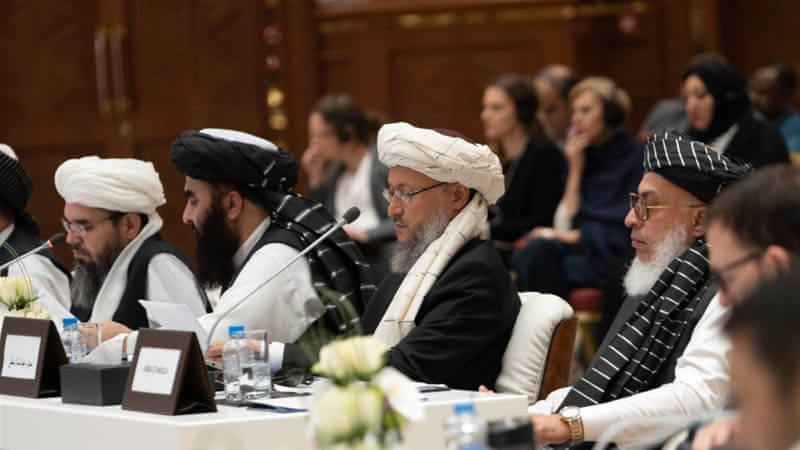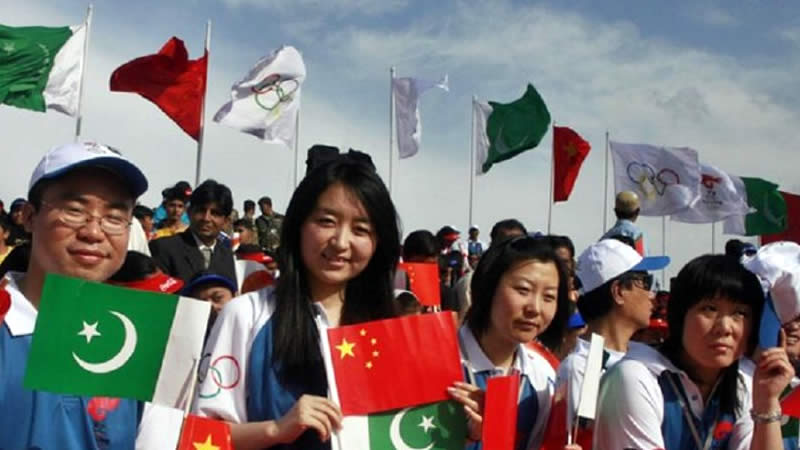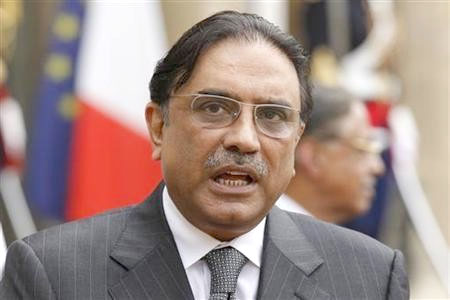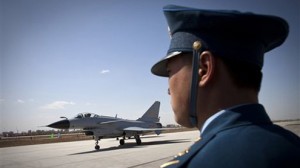 Facts and figures of China’s national defense
Facts and figures of China’s national defense
BEIJING, March 31 (APP): The Information Office of China’s State Council issued on Thursday a white paper on China’s national defense in 2010. The following are facts and figures from the document:
• The Army of People’s Liberation Army (PLA) mobile operational units include 18 combined corps, plus additional independent combined operational divisions (brigades). The combined corps, consisting of divisions and brigades, are respectively under the seven military area commands of Shenyang, Beijing, Lanzhou, Jinan, Nanjing, Guangzhou and Chengdu.
• There are three fleets under the PLA Navy, namely, the Beihai Fleet, the Donghai Fleet and the Nanhai Fleet, each of which has under its command fleet aviation, support bases, flotillas, maritime garrison commands, aviation divisions and marine brigades.
• The PLA Air Force has under it an air command in each of the seven military area commands of Shenyang, Beijing, Lanzhou, Jinan, Nanjing, Guangzhou and Chengdu. It also has under its command an airborne corps.
• China’s defense expenditure was 417.876 billion yuan in 2008 and 495.11 billion yuan in 2009, up 17.5 percent and 18.5 percent respectively over the previous year.
The defense expenditure accounted for 6.68 percent of the total government expenditure in 2008 and the ratio was 6.49 percent in 2009.
• China’s defense budget for 2010 is 532.115 billion yuan, up 7.5 percent over 2009. The growth rate of defense expenditure has decreased.
• In 2009, the expenditure on personnel of active and reserve forces accounted for 34.04 percent of the total defense expenditure while the money spent on training and maintenance of active and reserve forces and the militia accounted for 33.73 percent and that on equipment took up 32.23 percent.
• Every two years the PLA selects 200 leading scientists and high-performing talents from different disciplines for special training in order to improve their innovation aptitude in science and technology.
• In the past two years, the PLA and People’s Armed Police Force (PAPF) have engaged a total of 1.845 million troop deployments and 790,000 deployments of vehicles or machines of various types, flown over 181 sorties (including the use of helicopters), organized 6.43 million militiamen and reservists, rescued or evacuated a total of 1.742 million people and rush-transported 303,000 tons of goods.
• Since 2009, the PAPF has handled 24 acts of serious violence and crime, including hostage taking, participated in 201 operations of hunting down criminal suspects, and fulfilled the task of security provision during the celebrations of the 60th anniversary of the founding of the People’ s Republic of China, the Shanghai World Expo, and the Guangzhou Asian Games.
• In January 2009, with the armed forces as the mainstay, China formed eight state-level emergency-response professional units, boasting a total of 50,000 personnel.
• Since 2000, legal assistance organizations, operating at different levels, have provided 760,000 legal consultations to servicemen and their families, handled 120,000 complaint letters or visits, and dealt with 98,000 disputes involving military units and personnel.
• As of December 2010, China has dispatched 17,390 military personnel to 19 UN peacekeeping missions. Nine officers and men have lost their lives on duty.
• As of December 2010, the PLA had 1,955 officers and men serving in nine UN mission areas. China has dispatched more peacekeeping personnel than any other permanent member of the UN Security Council.
• As of December 2010, the PLA has held 44 joint military and training exercises with foreign troops.
• Since the PLA provided relief supplies to Afghanistan in 2002, it has carried out 28 urgent international humanitarian aid missions, and provided 22 disaster-stricken countries with relief materials whose total value exceeds 950 million yuan.
• To date, China has established mechanisms for defense and security consultation and dialogue with 22 countries.
• In the last two years, senior PLA delegations have visited more than 40 countries, and defense ministers and chiefs of general staff from more than 60 countries have visited China.
• China has actively participated in the work of the Preparatory Commission of the Comprehensive Nuclear Test Ban Treaty Organization, and is steadily preparing for the national implementation of the Treaty. It is responsible for setting up 12 international monitoring stations and laboratories – APP


